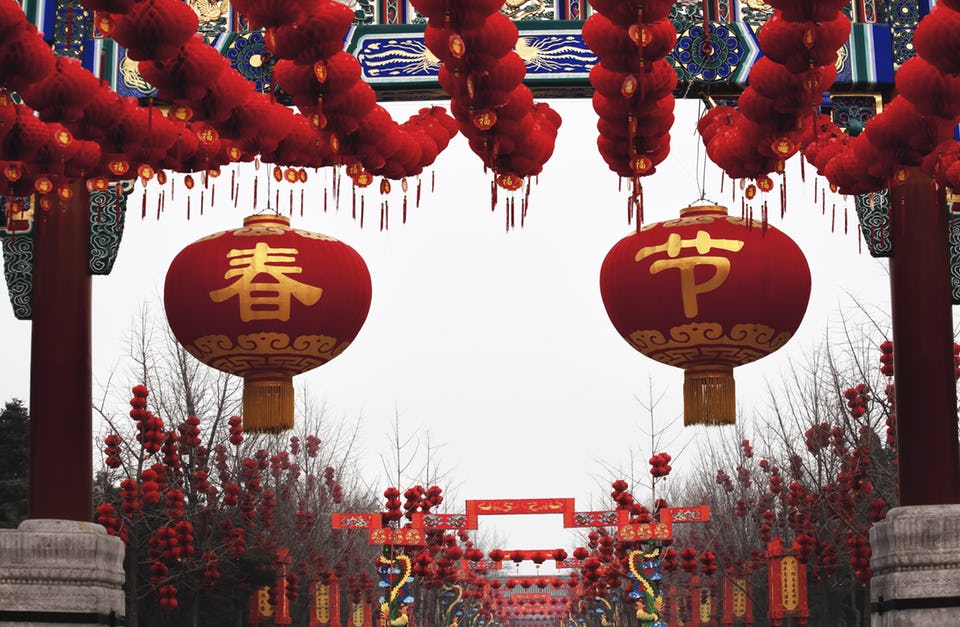THINGS TO KNOW ABOUT CHINESE NEW YEAR 
Chinese New Year is celebrated by more than 20% of the world. It’s the most important holiday in China and to Chinese people all over. Here are few interesting facts that you probably didn’t know about Chinese New Year.
1. Chinese New Year Is Also Known As the Spring Festival
In China, you'll hear it being called chunjie (春节), or the Spring Festival. It’s still very wintry, but the holiday marks the end of the coldest days. People welcome spring and what it brings along: planting and harvests, new beginnings and fresh starts. You can also call it the Lunar New Year, because countries such as North and South Korea and Vietnam celebrate it as well and because the Spring Festival goes according to the lunar calendar.
2. There's No Set Date for Chinese New Year
According to the lunar calendar, the Spring Festival is on January 1st and lasts until the 15th (the full moon). Unlike western holidays such as Thanksgiving or Christmas, when you try to calculate it with the solar (Gregorian) calendar, the date is all over the place.
Chinese New Year ranges from January 21 to February 20. In 2019, it occurs on February 5th. The lunar calendar is still really important in China, even though it has officially moved to the Gregorian calendar like the rest of the world. All traditional holidays and days such as the Winter Solstice are celebrated. Some people still calculate their birthdays and ages according to the lunar calendar too!
3. It Is a Day for Praying To Gods
The Spring Festival was originally a ceremonial day to pray to gods for a good planting and harvest season. As an agrarian society, the harvest was everything. People also prayed to their ancestors, as they were treated as gods.
4. Fighting Off Monsters
The myths are much more interesting. According to one legend, there was a monster named Nian (年). It would come about every New Year’s Eve. Most people would hide in their homes. But one boy was brave enough to fight him off using firecrackers. The next day, people celebrated their survival by setting off even more firecrackers. And that practice became a crucial part of the Spring Festival.
5. The Most Fireworks Are Set Off In the World That Night
As in the myth about Nian, firecrackers are supposed to scare off monsters and bad luck. So people stay up on Chinese New Year’s Eve and set off firecrackers at midnight. In the morning, firecrackers are used again to welcome the New Year and good luck.
That same night, families also burn fake paper money and printed gold bars in honor of their deceased loved ones. Similar to the Korean Chuseok holiday or the Mexican Day of the Dead traditions, they believe the offerings will bring fortune and good luck to their ancestors in the afterlife. |